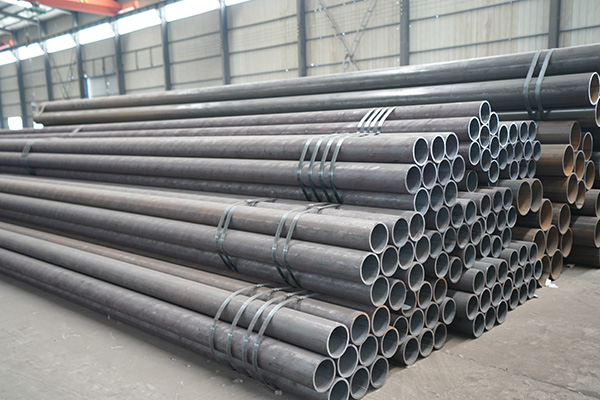

Compatibility of High Pressure Boiler Seamless Pipe with Fluids in Boiler Systems
High pressure boiler seamless pipes play a critical role in modern boiler systems where they transport steam, hot water, or high-temperature fluids under extreme pressures. Ensuring compatibility with the fluids they convey is vital to maintaining performance, longevity, and safety. The compatibility of these pipes with various fluids depends on several key factors, including the chemical composition of the pipe material, the properties of the fluid, and the operational environment.
1. Fluid Properties and Pipe Material Compatibility
Boiler systems may involve fluids such as demineralized water, steam, superheated steam, and sometimes treatment chemicals or corrosive agents. These fluids can cause corrosion, scaling, or erosion if the pipe material is not carefully selected. For example:
Carbon Steel pipes are commonly used for standard steam or hot water applications but may corrode when exposed to oxygenated or acidic environments.
Alloy Steel, such as Cr-Mo (e.g., ASTM A335 P11, P22), offers superior resistance to high-temperature creep and oxidation, making it suitable for superheated steam applications.
Stainless Steel provides excellent corrosion resistance and is chosen for systems using chemically treated water or when fluid purity is critical.
2. Temperature and Pressure Considerations
Fluids in high-pressure boilers are typically at elevated temperatures and pressures, which can accelerate chemical reactions and stress-related degradation in pipes. Seamless pipes must be manufactured to withstand these extremes without deforming or cracking. Materials with high creep strength and low thermal expansion coefficients are preferred for compatibility.
3. Chemical Treatment and Additives
Boiler feedwater often contains treatment chemicals to prevent scaling, corrosion, or microbial growth. These additives can interact with the pipe’s internal surface. Pipes must be compatible with such additives, and materials resistant to pitting, stress corrosion cracking (SCC), and hydrogen embrittlement are crucial.
4. Erosion and Scaling Resistance
High flow velocities, suspended particles, and phase transitions (liquid to vapor) can cause erosion. Additionally, hardness and mineral content in fluids can lead to scale formation, reducing thermal efficiency and increasing pressure drop. Smooth inner surfaces, achieved through precise manufacturing and alloy selection, help mitigate these effects.
5. Maintenance and Monitoring
Even with high compatibility, seamless pipes require regular inspections for signs of internal corrosion, wall thinning, or scaling. Non-destructive testing methods such as ultrasonic testing (UT) and eddy current testing (ECT) are widely employed to assess the integrity of pipes in service.
Conclusion
Ensuring the compatibility of high pressure boiler seamless pipes with fluids in boiler systems is essential to achieve reliable operation and extend service life. The selection of suitable materials—based on fluid chemistry, operating conditions, and system design—significantly affects performance and maintenance requirements.
References
ASME Boiler and Pressure Vessel Code, Section I – Power Boilers.
ASTM A335/A335M – Standard Specification for Seamless Ferritic Alloy-Steel Pipe for High-Temperature Service.
Davis, J.R. (Ed.). (2000). Corrosion: Understanding the Basics. ASM International.
API RP 934-A. (2006). Materials and Fabrication Requirements for 2-1/4Cr-1Mo and 3Cr-1Mo Steel Heavy Wall Pressure Vessels.
Shreir, L.L. (2010). Corrosion. Elsevier.





